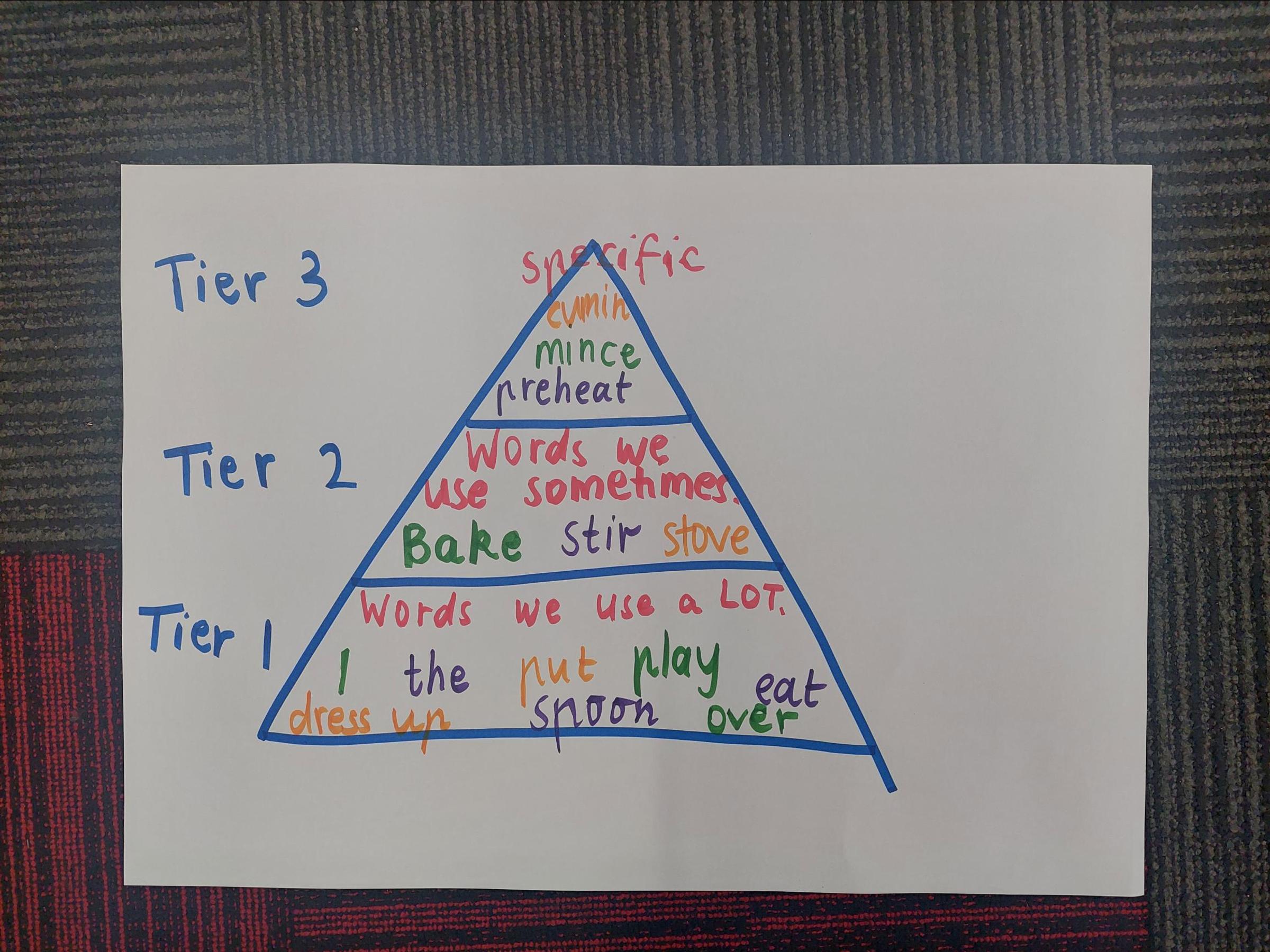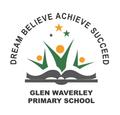Spelling

In this essential phase of early literacy, students will explore the art of forming words and understanding language structures. Students will focus on mastering the spelling of fundamental sight words, which are the building blocks of reading and writing. These words serve as a solid base upon which more complex language skills are built. The focus for Term Four will be on the relationships between sounds and letters. They will discover how phonics plays a crucial role in spelling by decoding words and understanding spelling patterns such as; the consonant digraphs ‘ck sh, ch, th, ng, wh, ph’ and split diagraphs, also known as a "magic e" or "silent e,". Students will investigate how using an 'e' after the initial vowel changes the sound of the vowel. For example, hug to huge and tub to tube. Additionally, students will deepen their understanding of the common prefixes and suffixes such as; ing, er, ed, and s, un, dis.
Beyond spelling words correctly, we encourage vocabulary enrichment. Students will explore new words, their meanings, and how to use them effectively in sentences. A rich vocabulary not only enhances spelling but also promotes better communication and comprehension.
To support your child’s Spelling skills at home, you could:
- Support your child to use ‘Look, Say, Name, Cover, Write, Check’ to practise their personalised spelling words during home learning.
- Create sentences using their personalised words from home learning.
- Practise the Spelling Inquiry skills (identifying the vowels, consonants, syllables, definition, synonym, antonym) for their personalised home learning words.
- Find words in books they are reading that contain our weekly spelling focus which can be found in their home learning spelling words.
- Create a list of interesting words from their reading and use them when speaking.
- Practise the weekly spelling focus by finding this in books, newspapers etc.
- Use the personalised home learning words and find synonyms (another word with the same meaning) and antonyms (words with the opposite meaning).
